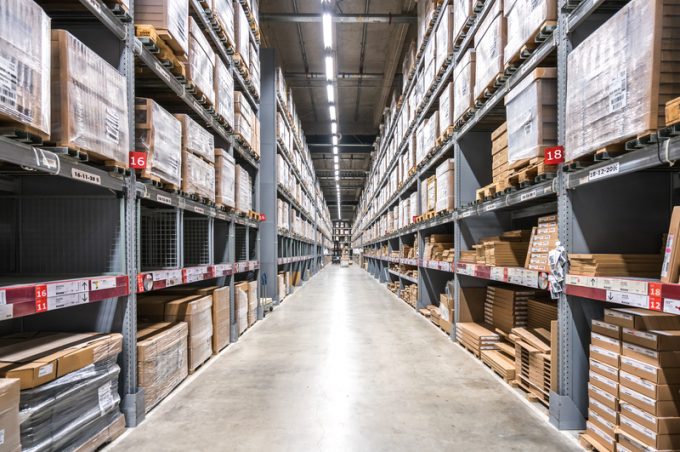Costly import red tape means UK food prices will rise, expert warns
UK food importers are clashing with the government over a threat of inflationary increases to ...

While Brexit has taken something of a backseat over recent months to the impact of Covid-19, it is now as clear as it can be that, from 1 January, customs declarations will apply to all UK imports from the EU, causing delays to already busy ...


Comment on this article